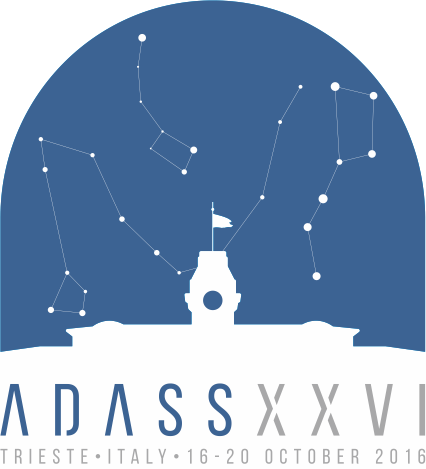Delgado Arancha
Contact
- Position:
- Institute of Astronomy, University of Cambridge
- Address
- United Kingdom
Miscellaneous Information
- Miscellaneous Information
-
Abstract Reference: 31338
Identifier: P6.8
Presentation: Poster presentation
Key Theme: 6 Python in Astronomy
Publishing Gaia Science AlertsAuthors:
Arancha Delgado, Guy Rixon, Goska van Leeuwen, Simon Hodgkin, Diana Harrison, Floor van Leeuwen, Abdullah YoldasThe goal of the Gaia Science Alerts project is to highlight the transient events discovered by the Gaia mission while it is mapping the Milky Way. The data are transmitted from the spacecraft every day, and received and processed at the Institute of Astronomy (Cambridge, UK), where the Gaia Photometric Science Alerts system extracts the transient candidates.
Once alerts are identified, a Python application Gaia Science Alerts (GSA at http://gsaweb.ast.cam.ac.uk) checks if these findings are new discoveries by Gaia. For this purpose, an ETL (Extract, Transform, Load) system gathers the data reported by other major transient survey web sites, and the Gaia alert candidates are cross-matched against these external data. Additionally the application checks online for the latest TNS (Transient Name Server) discoveries, and connects to IMCEE-Skybot to identify possible coincident small Solar System bodies.
The GSA application makes selected alerts publicly available, by generating per-alert web pages which contain detailed scientific source information, including the lightcurves, spectra, finding charts and photometric follow-up when available. On alert publication, the Gaia transients are broadcast to the TNS Server, as VOEvents, to the GaiaAlerts Mobile Application and to Gaia in the UK website (https://gaia.ac.uk). Furthermore, the application updates the published alerts with the latest data from Gaia as it comes in.



